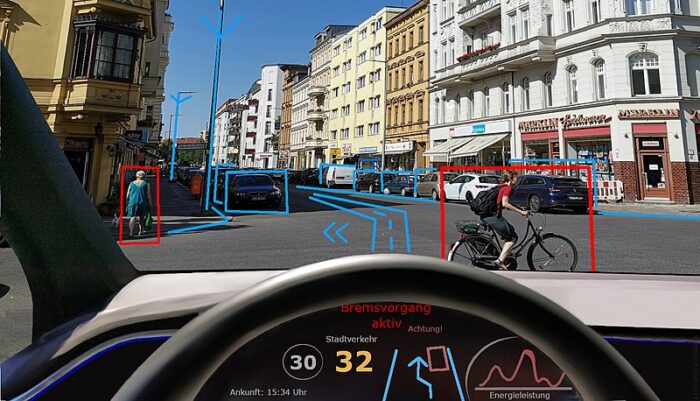The company says that the new functional safety certification for Red Hat In-Vehicle Operating System is a key step in its push towards ISO 26262 ASIL-B certification of the entire platform.

There was good news on Monday for the futures of Linux in general and Red Hat in particular in the automotive sector. Less than six months after Red Hat announced that the Linux math library — a fundamental component of Red Hat In-Vehicle Operating System — achieved ISO 26262 ASIL-B functional safety certification, it’s announced the achievement of functional safety certification of mixed criticality.
All of this may sound like mumbo jumbo, which it is a bit, but it’s important mumbo jumbo as far as Red Hat’s efforts to build a turnkey open-source solution for software defined automobiles are concerned. And no matter how convoluted it sounds, this is not only good for Red Hat; it’s good for Linux.
The keyword phrase in Red Hat’s announcement is “mixed criticality,” which basically means that Red Had has certified that its in-vehicle OS can safely execute several applications of different criticality –in this case safety-critical and non-safety critical — on the same system-on-chip running a single operating system.
“The mixed criticality functional safety certification is a major step to help validate the safety of Red Hat In-Vehicle Operating System,” Francis Chow, VP and GM of In-Vehicle Operating System and edge at Red Hat told FOSS Force. “It covers critical functional elements but doesn’t yet cover the entire range of operating system functionality in both the Linux kernel and userspace.”
In a statement, Intel Automotive’s VP and GM Jack Weast went a step further in describing the importance of this milestone: “Without mixed-critically there cannot be a software-defined vehicle,” he said, “so Red Hat’s certification for mixed-criticality with Red Hat In-Vehicle Operating System achievement cannot be understated.”
Explaining the Mumbo Jumbo
Automotive Safety Integrity Level is a risk classification scheme that’s included in ISO 26262, an international standard for functional safety of electrical and electronic systems that applies to most motor vehicles.
The Level B applications that are included in this certification includes brake lights, rear view cameras, and instrument clusters, which are all considered noncritical from a safety viewpoint, meaning they’re unlikely to pose a danger to a vehicle’s occupants if they fail. The same is true of Quality Management software, also defined in ISO 26262, which includes items such as entertainment centers where a failure doesn’t create a risky situation.
While this certification is a major milestone for Red Hat, there’s much work ahead before Red Hat can make significant moves into the automotive marketplace.
“Next, Red Hat is in the process of creating safety artifacts that cover the entire functional range required, including hardware enablement which represents a critical element required for the full ISO 26262 certification of Red Hat In-Vehicle Operating system to the ASIL-B level,” Chow said. “This will then trigger the formal certification process for the full OS.”
Although that seems like a grueling roadmap, Chow seems confident that it’s about game-done time when it comes to ISO 26262 certification.
“We’re aiming to have full product certification this year,” he said.
Red Hat’s not only working to develop a full software stack for software defined automobiles, it’s also working at developing edge technologies to support software defined vehicles.
Christine Hall has been a journalist since 1971. In 2001, she began writing a weekly consumer computer column and started covering Linux and FOSS in 2002 after making the switch to GNU/Linux. Follow her on Twitter: @BrideOfLinux







